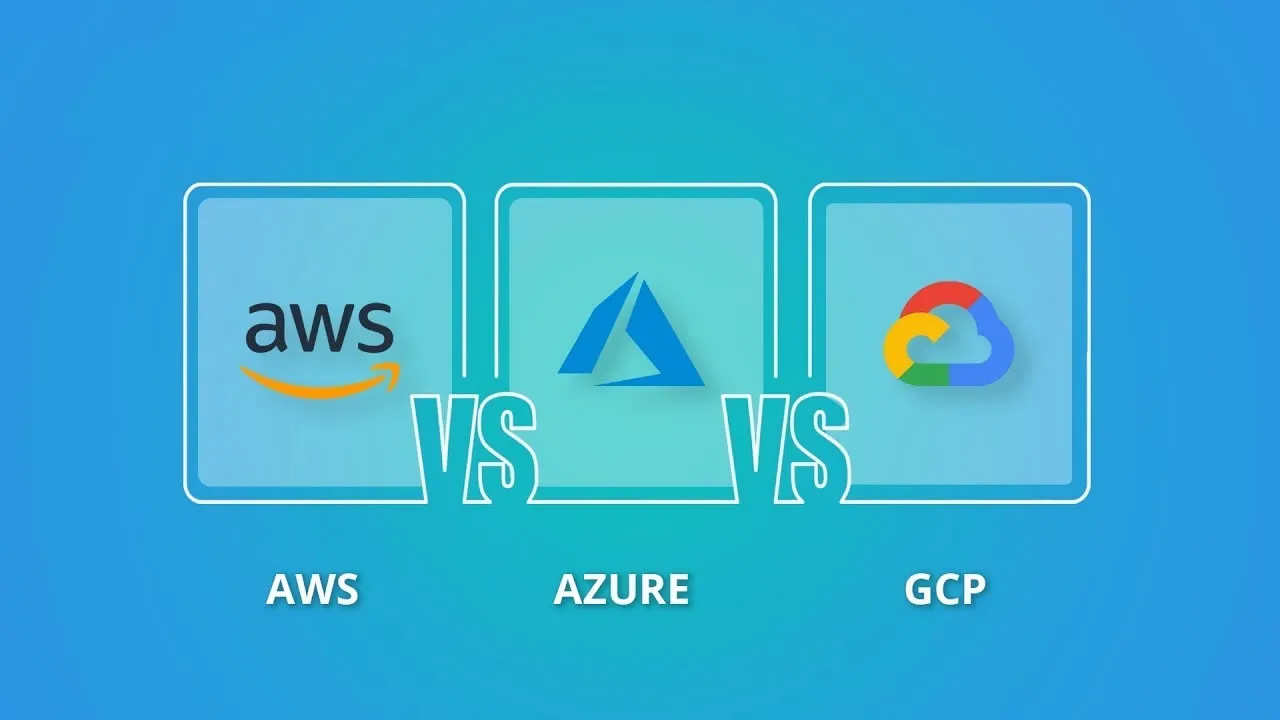In the battle of cloud computing, a trifecta of solutions stands out vs. the overall marketplace. Companies predominantly turn to Amazon Web Services (AWS) vs. Microsoft Azure vs Google Cloud to handle their needs. Thankfully, there isn’t a bad choice in the bunch. Each has strengths and weaknesses, and a team’s perception of these will depend on their infrastructure requirements.
How do they compare? This overview breaks down each service and assesses what they bring to the technological table.
Comparing Market Share
By a fair margin, AWS reigns supreme as the most popular cloud service—capturing 33% of the global SaaS/PaaS market. Next up is Azure, which claims 18% of the market. Google Cloud earns the bronze medal here.
It’s important to note that AWS launched in 2006—two years ahead of both Azure and Google Cloud. The service has had more time to mature and permeate the cloud realm. Amazon has also captured many customers first in a space where the “familiarity factor” is strong. That’s been an important leg up. To switch, competitors must offer something truly compelling or undercut on price (perhaps delivering better value).
That said, AWS has moved beyond its explosive growth phase for the time being. A 2020 Synergy Research Group report showed that AWS grew in lockstep with the rest of the market. Interestingly, Azure has outpaced its rivals growth-wise by a decent margin—stealing away three percentage points last year, alone. Google Cloud’s story is mixed. While the service saw 47% more year-over-year revenue, it still maintains a marginally larger operating loss compared to the prior year. It’s believed that Google’s background in AI will be a boon for future growth as related technologies become more mainstream.
#cloud #aws #google cloud #microsoft azure
